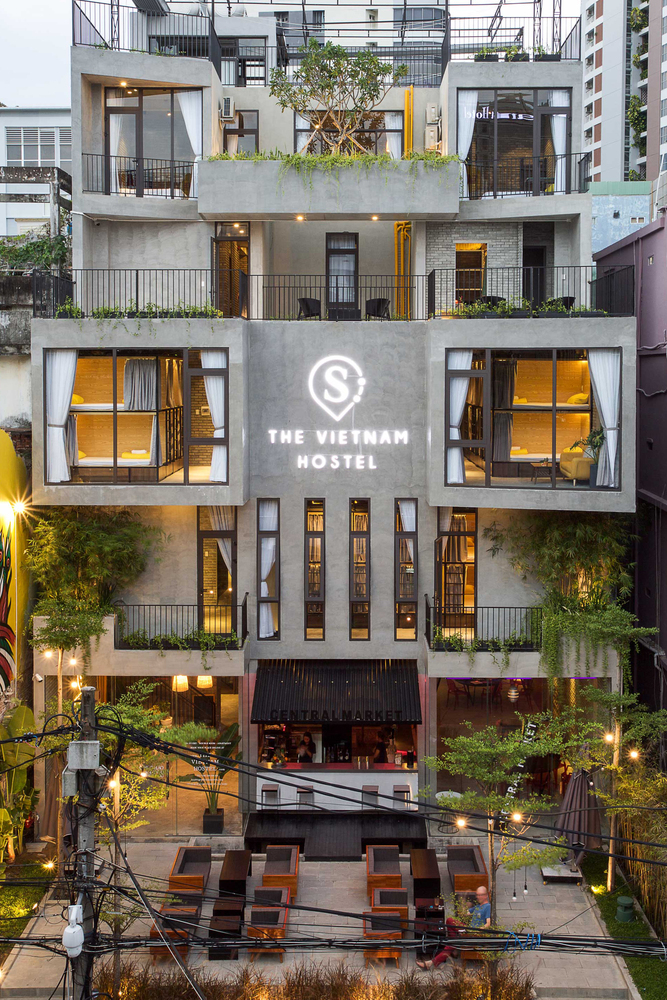Nursery School in Berriozar Javier Larraz + Iñigo Beguiristain + Iñaki Bergera
2013-01-22 00:00
架构师提供的文本描述。据路易·I·卡恩(LouisI.Kahn)说,第一所学校是从一棵树下开始的,当时一位知道自己是老师的人开始与不知道自己是学生的人讨论他所学到的东西。和那些学生一样,3岁以下的孩子也是凭直觉和无意识地学习。与卡恩的故事相提并论,人们可能会怀疑树,即建筑,在教学实践中所起的作用。我们坚信建筑的教学价值,在托儿所的情况下,它的实际能力是创造机会,帮助儿童在生命的这一阶段发展具有暗示性、吸引力和安全性。伯里奥扎尔的托儿所是根据从雷吉奥·埃米莉亚的意大利市立学校继承下来的模式建立的,那里的托儿设施主要是围绕着一个主要的“广场”组织的,作为互动和聚会的场所,也是学校开展共同活动的空间。考虑到地块纵向的独特比例,广场必须与两端的两个独立的庭院一起放置在中央位置。因此,教室和设施移动到一个中间位置,直接连接到中央广场-照明和理解为外层空间-以及操场,作为物理和视觉内部空间的延伸。
Text description provided by the architects. According to Louis I. Kahn the first school began under a tree, when a man who knew he was a teacher began to discuss what he had learned with others who did not know they were students. Like those students, children under 3 years old learn intuitively and unconsciously. Drawing a parallel with the story of Kahn, one might wonder about the role that tree, that is, architecture, plays in the practice of teaching. We strongly believe in the pedagogical value of architecture and, in the case of a nursery school, its actual capacity to create opportunities that help children to develop suggestive, attractive and safely this stage of their life. The nursery school in Berriozar is established according to a model inherited from the Italian municipal schools of Reggio Emilia, where childcare facilities are primarily organized around a main 'square' that serves as interaction and meeting point and as a space meant for the common activities of the school. Given the distinctive longitudinal proportion of the plot, the square had to be placed in a central position along with two separate courtyards at the ends. Thus, the classrooms and facilities moved into an intermediate position, directly connected to both the central square –illuminated and understood as an outer space– and the playgrounds, treated as an extension of the physical and visual interior spaces.
这个工厂的布局迫使在甲板上行动,以便自然地照亮和通风所有房间。这些天窗的强大几何形状,取决于地面上发生的活动,成为该项目的标志之一。结构是由钢筋混凝土的调制结构安排的,它限定并定义了内部空间和光线落在其上的方式。五颜六色的格子环绕着建筑及其游乐场,澄清并丰富了街道与室内空间之间的关系。鉴于这一外部彩色显示与儿童的和有趣的性格的建筑,内部提供了一个平静和中立的气氛,感谢慷慨的头顶,均匀和自然的照明。双重尺度和游戏是界定室内空间和设备的两个基本工具。这些空间不可避免的嬉戏状态补充了与儿童和照顾者的不同规模有关的维度控制,以及追求的不同目标:对于儿童而言,适合活动的场所与群体规模相适应,对照顾者而言,具有高度的渗透性和透明度,以促进对儿童的视觉控制。
This plant layout forces to act on the deck in order to naturally illuminate and ventilate all rooms. The powerful geometry of these skylights, that arise depending on the activity that takes place on the ground, becomes one of the hallmarks of the project. The construction is arranged from a modulated structure of reinforced concrete that qualifies and defines both the inner space and the way in which light falls on it. A colorful lattice wraps the building and its playgrounds, clarifying and enriching the relationship between the street and the interior spaces. Given this external chromatic display linked to childlike and playful character of the building, the interior offers a serene and neutral atmosphere thanks to the generous overhead homogeneous and natural lighting. The dual scale and play are, finally, the two fundamental tools used to define the interior space and the equipment. The inescapable playful condition of the spaces complements with the dimensional control in relation to the different sizes of children and caregivers and the different objectives pursued: for kids, premises adapted to the activities an the size of the groups and, for caregivers, high permeability and transparency to facilitate visual control of children.
 举报
举报
别默默的看了,快登录帮我评论一下吧!:)
注册
登录
更多评论
相关文章
-

描边风设计中,最容易犯的8种问题分析
2018年走过了四分之一,LOGO设计趋势也清晰了LOGO设计
-

描边风设计中,最容易犯的8种问题分析
2018年走过了四分之一,LOGO设计趋势也清晰了LOGO设计
-

描边风设计中,最容易犯的8种问题分析
2018年走过了四分之一,LOGO设计趋势也清晰了LOGO设计
















































































